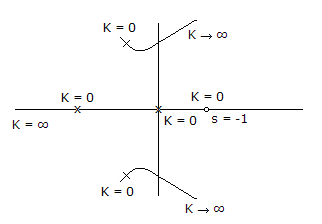Electronics and Communication Engineering - Exam Questions Papers
- Exam Questions Papers - Exam Paper 12
- Exam Questions Papers - Exam Paper 22
- Exam Questions Papers - Exam Paper 21
- Exam Questions Papers - Exam Paper 20
- Exam Questions Papers - Exam Paper 19
- Exam Questions Papers - Exam Paper 18
- Exam Questions Papers - Exam Paper 17
- Exam Questions Papers - Exam Paper 16
- Exam Questions Papers - Exam Paper 15
- Exam Questions Papers - Exam Paper 14
- Exam Questions Papers - Exam Paper 13
- Exam Questions Papers - Exam Paper 1
- Exam Questions Papers - Exam Paper 11
- Exam Questions Papers - Exam Paper 10
- Exam Questions Papers - Exam Paper 9
- Exam Questions Papers - Exam Paper 8
- Exam Questions Papers - Exam Paper 7
- Exam Questions Papers - Exam Paper 6
- Exam Questions Papers - Exam Paper 5
- Exam Questions Papers - Exam Paper 4
- Exam Questions Papers - Exam Paper 3
- Exam Questions Papers - Exam Paper 2
 The settling time for 2-percent band, in seconds, is :
The settling time for 2-percent band, in seconds, is : .
.
 has
hasThe root locus is given below.

From root locus, we can see that there are 3 zeros at ∞ .

Power = I2R = 25 X 10 = 250 Watts.
For JFET
ID = IDSS (1 - VGS/Vp)2
0 = (1 - VGS/Vp)2
∴ VGS = VP
∴ Vp = 5 V.
Assertion (A): Conductors do not permit propagation of waves more than a short distance into the conductor at microwave frequencies.
Reason (R): The relaxation time constant for conductors is much small than the period of centimetric EM wave.
Depth of penetration =  , where
, where  = relaxation time.
= relaxation time.
δ would be small, if σ is large, which itself depends upon relaxation time.
t for conductors is of the order of 10-14 s, for λ = 3 x 10-2 cm
∴ period of centimetric EM waves
= 
Therefore, even though t is much smaller than period of centimetric waves but it is not the correct reason for the assertion given.
 V
V